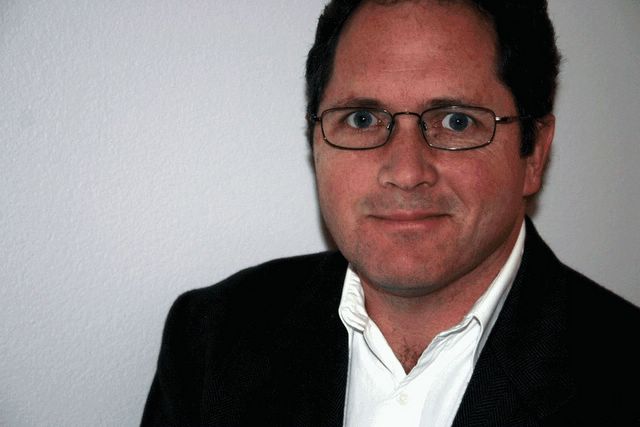In reviewing a past report we produced on the management of obesity, which was addressed more recently in our October issue of MedMarkets, I was struck by the proliferation of companies pursuing surgical device solutions to obesity. These include variants of the gastric band approach, which simply reduces gastric capacity. The market for these devices has burgeoned in the past couple years, and is expected to grow aggressively. Why? For one, the stigma of obesity is fading as it is being viewed in the popular press more as the result of pathology than character flaw. This has opened the floodgates to people seeking a surgical solution. Reimbursement (not my forte) has at least not been an impediment. But why all the device development? This is a classic device-centric pathology; the stomach is a structure whose capacity can be readily reduced through gastric banding, it is a relatively simple surgical procedure and produces the immediate effect of reducing intake of food. This is, of course, also the rapid adoption phase of a market, and it is difficult (short of available long term data on approved devices – especially since most devices are not approved in the U.S.
It would be misguided of me to not acknowledge that devices are rarely (ever?) perfect solutions to pathology. But, I also recognize the tremendous potential for devices to achieve solutions that increasingly raise the barrier to the development of biotech/pharma/biopharm solutions to pathology, because devices, imperfect or limited in functional performance or fit with the premise of “rational therapeutics” though they may be, they are available now and are achieving solutions sine qua non.

No comments:
Post a Comment